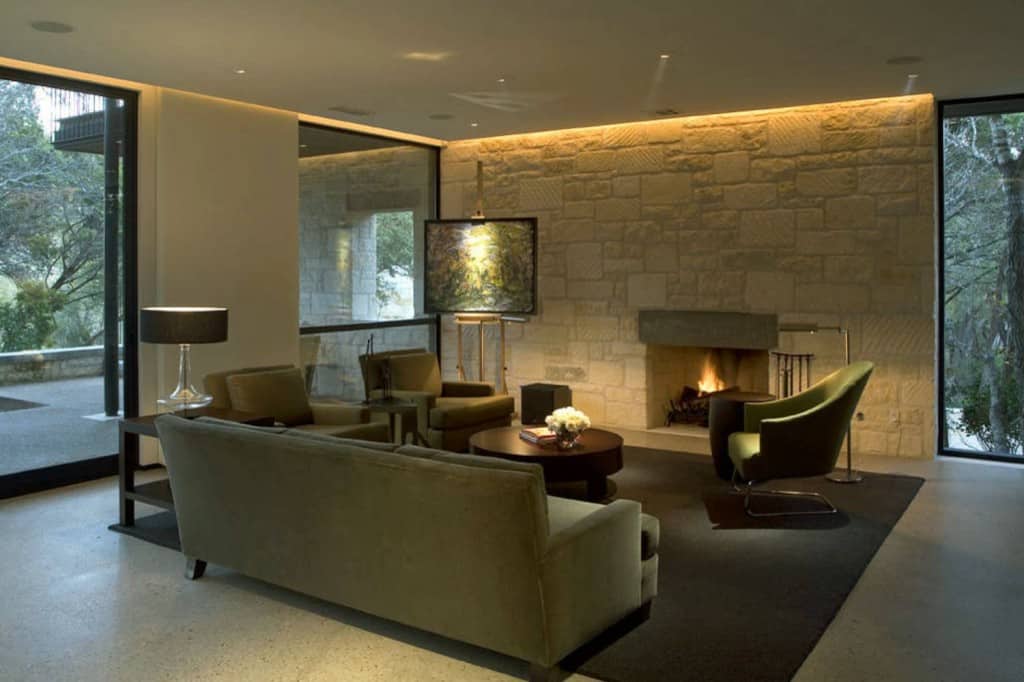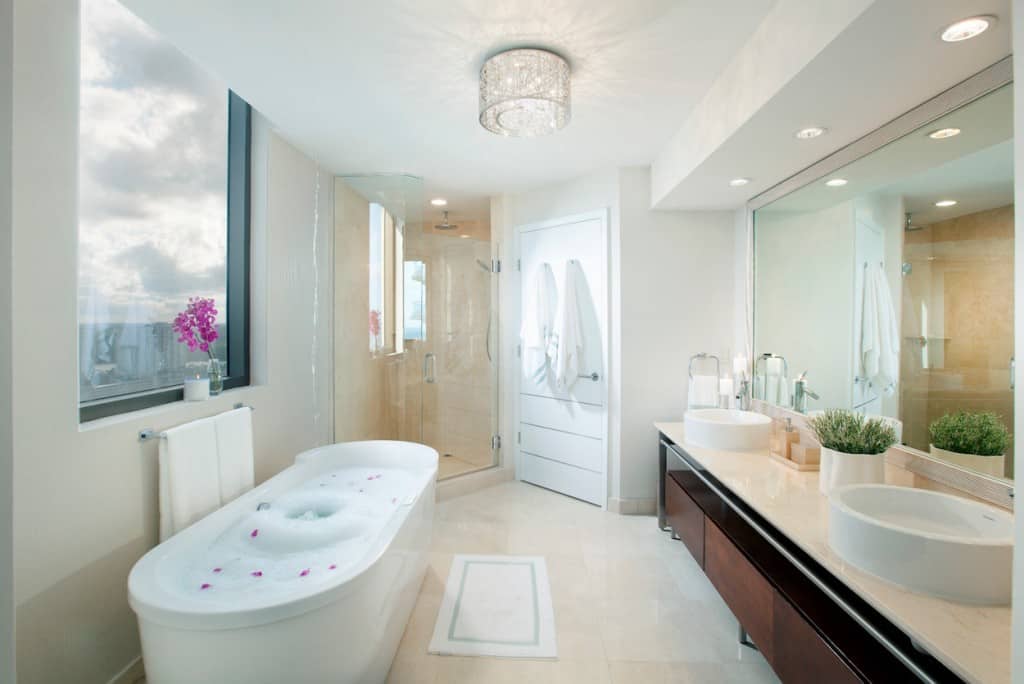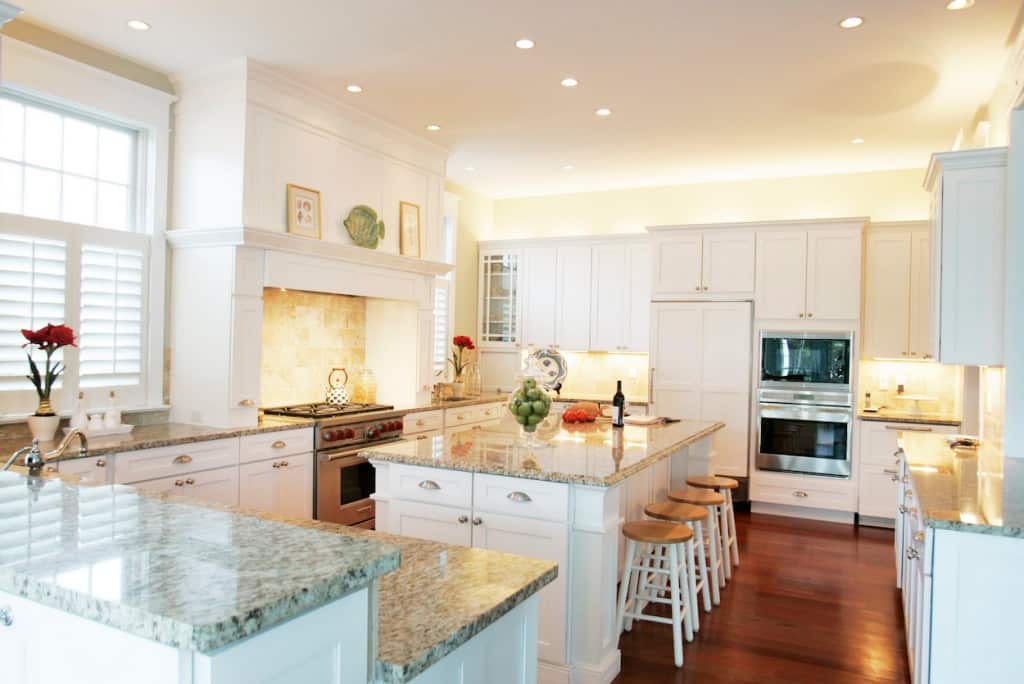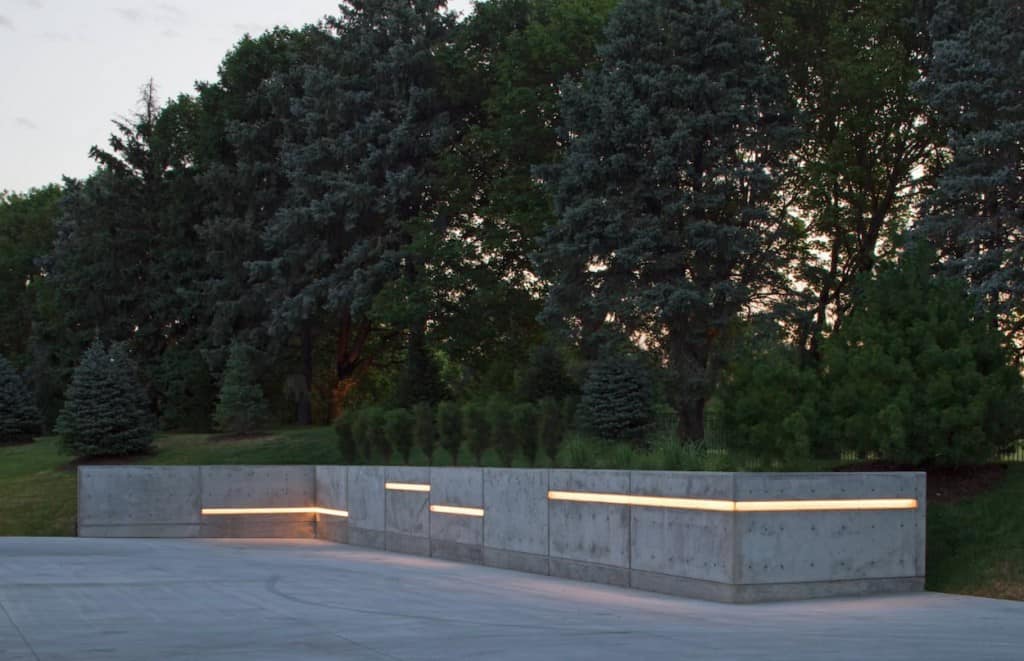From the number of fixtures to the intensity of illumination of each fixture, finding out how you can optimise indoor lighting during installations and retrofitting can be painstaking. To make it a bit easier for you, here are five simple expert tips from MatrixLED that you should consider.
1. Use layers
Lighting balance is the key to a well-illuminated living space, and the best way to achieve this is by employing three layers of lighting, which are general, task and accent lighting.
- General lighting provides overall illumination for a space, acting as the background lighting for accent and task lighting.
- Accent lighting highlights interior details and decorations such as art and furnishings, which all contribute to the theme or feel of the space.
- Task lighting provides illumination for specific activities, and is placed in areas where detail-heavy activities such as eating and reading take place.
2. Ensure the right number of fixtures
The Building Code of Australia section J6 states that as of May 2011, buildings and homes are only allowed up to 5 watts per square metre (W/sqm) when it comes to indoor lighting, 3 W/sqm for lighting in garages, and 4 W/sqm of lighting for outdoor areas. Being able to meet these guidelines ensures that your indoor lights don’t go beyond what you need in terms of lumen output and power consumption.
3. Harness natural lighting using reflective surfaces such as mirrors
Harnessing natural light reduces costs associated with lighting up your living space. Decorate your interiors in such a way that daylight coming from windows is not obstructed. If your home only has a few windows, you can place mirrors of varying sizes in different places so that daylight is reflected within the area. Aside from being able to distribute daylight evenly inside your home, a well-placed mirror can also make a room seem larger.
4. Don’t forget about smart controls and dimming
Smart controls can make your interior lighting more human-centric. With it, lighting can be configured to work around the movements of people within the home. Motion sensors, for example, allow for lights to be turned on in a room as you enter that room and then turn off automatically when you leave.
Dimming capabilities are also important when it comes to interior lighting. It allows you to adjust the intensity of light coming from the fixtures, which makes it easy for you to achieve the level of lighting that matches your current needs.
5. Use energy-efficient LEDs
LEDs have a number of qualities that make them superior over other interior lighting fixtures such as fluorescent lamps, halogen flood lights and incandescent bulbs. Not only are they brighter than traditional luminaries, they also consume up to 80 percent less power. Additionally, LEDs are environment-friendly with a lower carbon footprint and don’t contain toxic components such as mercury. LEDs have long lifespans, lasting five times longer than other indoor lights with much less heat output.
LEDs are also versatile. They are available in different colours, sizes and shapes, and you can buy one that has a specific colour temperature to match your interiors or the purpose of the room. They are also compatible with smart controls.
An important note
Before everything else, it’s important that you first know what your home really needs before looking for lighting fixtures. If you need help with the review of your interior lighting system, MatrixLED offers lighting assessments and free consultations to help you assess your current lighting conditions and identify the right decisions for optimisation. You can get in touch by visiting our Contact Us page.
Header image courtesy of Earl Smith Photography (UK). For all other images, as labeled, please click the image to go directly to the provider’s website.








